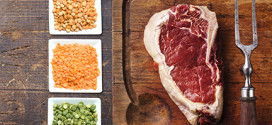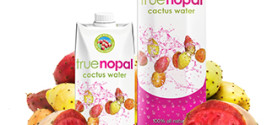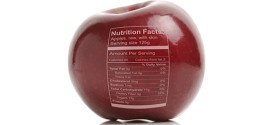By Kathy Perrotta In 2016, snacking no longer solely refers to an in-the-moment, treat-oriented indulgence but rather is more accurately defined as a behaviour. By today’s definition, anything and everything can be a snack – and increasingly is. Findings from the recently released Ipsos’ Canadian Snacking Nation 2016 report finds that many Canadians are increasingly shifting eating habits from long-held …
Read More »Trending Now
Millennials are shaping the future of food
Millennials (born between 1980 and 1995) are the second-largest demographic cohort in Canada(representing almost a quarter of the Canadian population), but are quickly eclipsing Baby Boomers in importance given their projected growth in terms of future spending power and rising sphere of influence. Canadian Millennials are not a homogenous cohort, especially given the various life stages they represent, from young …
Read More »The rise of YEMMies
Recently, the Millennial cohort (23% of the Canadian population, ages 18-34 years) has faced exhaustive observation and daunting scrutiny that typifies large up-and-coming generations. Given the current and future spending power of this generation, this is not surprising. In 2014, Statistics Canada reported that Millennials accounted for $255 billion in annual spending. However, as the Millennial generation matures and fragments, …
Read More »How to succeed in food product development using social listening
Food preferences differ because of many different reasons – demographics, seasons, upbringing. Even the region we live in shapes what we eat on a daily basis. While many people prefer lighter foods or fruit over the summer, winter is the time for savoury foods and spices. Social listening allows product managers, developers and marketers in the food industry to keep …
Read More »FRENEMIES
With 2016 being the International Year of the Pulse, it’s meat versus pulses. Or is it? They are a superfood, Canada is their second-largest producer and their largest exporter in the world, they are marketed as a healthy meat alternative, and, in 2016, pulse crops will gain international exposure through the UN’s International Year of the Pulse campaign. With global …
Read More »Brew Masters
Fermentation is an art and a science, says Andrew MacIntosh, Assistant Professor of Process Engineering and Applied Science at Dalhousie University. MacIntosh helped form Dalhousie’s new fermented products institute at the Canadian Institute of Fish and Fermentation Technology (CIFT). In a process almost as old as human history itself, malted barley is ground up into small chunks, mixed with water …
Read More »The Smoothie Craze
Smoothies make breakfast fun again, says Dr. Mehmet Oz. The American cardiothoracic surgeon and television health guru has been promoting smoothies as part of his Oz Cleanse, which he developed with The Biggest Loser dietitian, Rachel Beller. “All too often, we’re skipping what truly is the most important meal of the day because we’re rushing out the door,” Oz says. …
Read More »Canadians Look to Plant Waters for Healthier Hydration Options
The benefits of coconut water have quickly catapulted the electrolyte-rich elixir from an exotic liquid sipped from the shell by locals and tourists to the epicentre of an entirely new beverage category: plant waters. And while coconut water consumption continues to grow and evolve in the natural beverage space, which intersects with the similarly expanding functional foods category, it now …
Read More »The 2015 Trends Impacting the Food Industry
Innova Market Insights recently identified its top 10 trends likely to impact the food industry in 2015 and beyond, identified by the company’s ongoing analysis of key global developments in food and drink launch activity worldwide. In previous years, Innova has consistently predicted upcoming trends, including “Sustainability” in 2008, “Free-From Rises” in 2010, “Return to Softer Claims” in 2011, and …
Read More »Label Makeover
The Nutrition Facts table on food items in the grocery store may soon look very different, resembling nutrition labels in the United States. Health Canada, which proposed these changes to the current table, says the goal is to “provide Canadians with the nutrition information they need to make informed decisions about the foods they buy.” The new table gives more …
Read More » Canadian Food Business
Canadian Food Business









